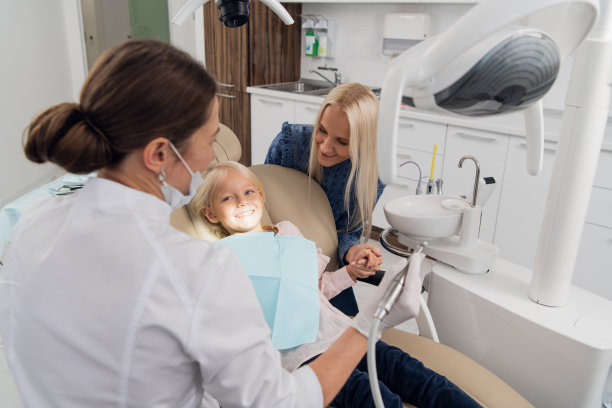A Comprehensive Guide to Extracting a Tooth Safely and Effectively for Optimal Oral Health
Summary: Extracting a tooth safely and effectively is crucial for optimal oral health. This guide provides comprehensive insights into the procedure, covering the necessity of tooth extraction, the preparation required before the process, the techniques used during the extraction, and the aftercare needed for a smooth recovery. Understanding these aspects can help individuals approach tooth extraction with confidence and minimize anxiety associated with dental procedures. Throughout the article, we will delve into each significant aspect of tooth extraction, offering tips and illustrating best practices for maintaining oral health.
1. Understanding the Need for Tooth Extraction

Tooth extraction is often deemed necessary when a tooth is severely decayed or damaged beyond repair. Understanding the reasons behind this procedure can aid individuals in comprehending the importance of oral health. Common causes include extensive cavities, periodontal disease, and teeth that are impacted or misaligned.
Severe tooth decay can lead to infections that put the surrounding teeth and gums at risk. Ignoring these issues may result in further complications, necessitating extraction as a preventive measure. It’s essential to consult a dental professional to assess and recommend whether extraction is essential in specific scenarios.
In some instances, tooth extraction is performed as part of orthodontic treatment. Teeth that are overcrowded may need removal to ensure proper alignment of the remaining teeth. Understanding this can help patients embrace not only the extraction but the overall improvement in their oral health.
2. Preparation for Tooth Extraction
Preparing for a tooth extraction involves several important steps that can enhance the effectiveness of the procedure. First, patients should communicate their full medical history to their dentist, including any medications currently being taken, which helps avoid any adverse reactions during the procedure.
Next, understanding what to expect on the day of the extraction can reduce anxiety significantly. Dentists typically perform the extraction under local anesthesia, which numbs the area around the tooth and ensures a pain-free experience. Patients should also arrange for transportation if sedation is used, as they may be unable to drive afterward.
Additionally, its wise to plan dietary restrictions leading up to the extraction. Dentists often recommend patients avoid eating or drinking for a few hours before the appointment. Ensuring a clear understanding of pre-procedure guidelines can streamline the entire extraction process.
3. Techniques Used During Tooth Extraction
The actual extraction of a tooth involves various techniques that depend on the tooth’s position and the complexity of the extraction. Simple extractions usually involve loosening the tooth with an instrument called an elevator and removing it with dental forceps.
In contrast, surgical extractions are required for teeth that are impacted or not easily accessible. This procedure involves making an incision in the gum to access the tooth. Understanding the specific technique your dentist will utilize helps demystify the process and reassures patients about their safety.
Post-extraction, the dentist will provide instructions for care, such as biting on a gauze pad to control bleeding and managing any discomfort with prescribed medication. Following these protocols ensures a smoother extraction experience and inspires confidence in the procedure.
4. Aftercare for Optimal Recovery
Post-extraction care is vital for optimal recovery and involves a series of appropriate practices to minimize discomfort and avoid complications. First, following the dentists instructions regarding pain management is crucial. Over-the-counter pain relievers may be recommended, and it’s essential to take them as directed to manage discomfort effectively.
Avoiding strenuous activities for at least 24 hours after the extraction is important to prevent bleeding and other complications. Patients are also advised to keep their head elevated, which can aid in reducing swelling.
Maintaining oral hygiene post-extraction is equally significant. While it’s essential to keep the extraction site clean, patients should avoid rinsing vigorously or using straws for a few days to avoid dislodging the blood clot that forms in the socket. Gradually reintroducing regular oral care will promote healing and restore oral health promptly.
Summary:
Understanding the necessity and preparation for tooth extraction, along with the techniques applied during the procedure and post-care guidelines, are essential components for individuals facing this dental challenge. With proper adherence to these practices, extraction can be a positive steps toward improved oral health and well-being.
This article is compiled by Vickong Dental and the content is for reference only.



